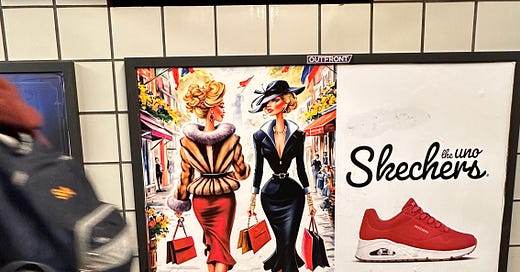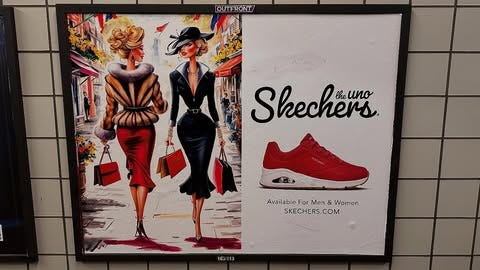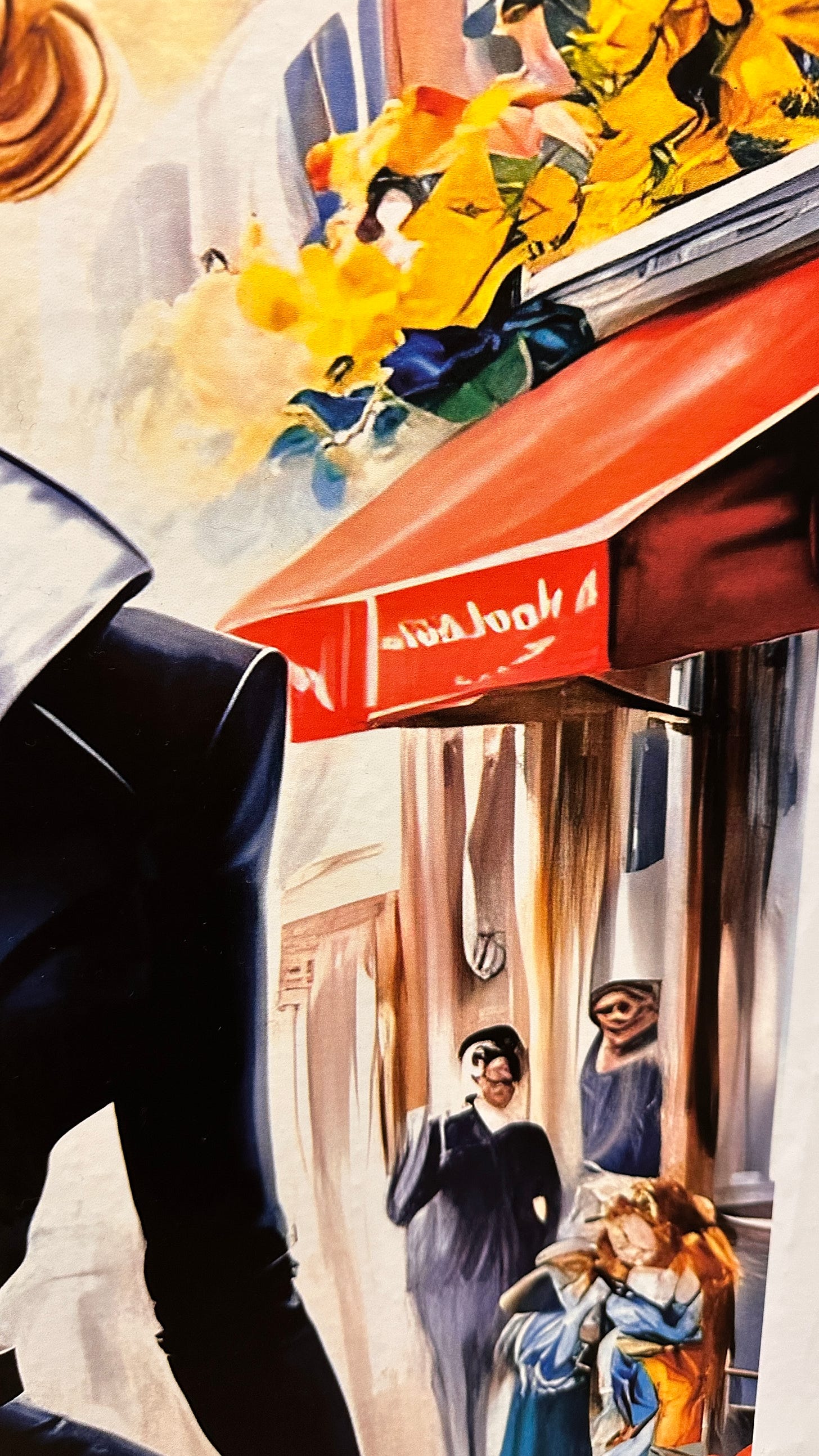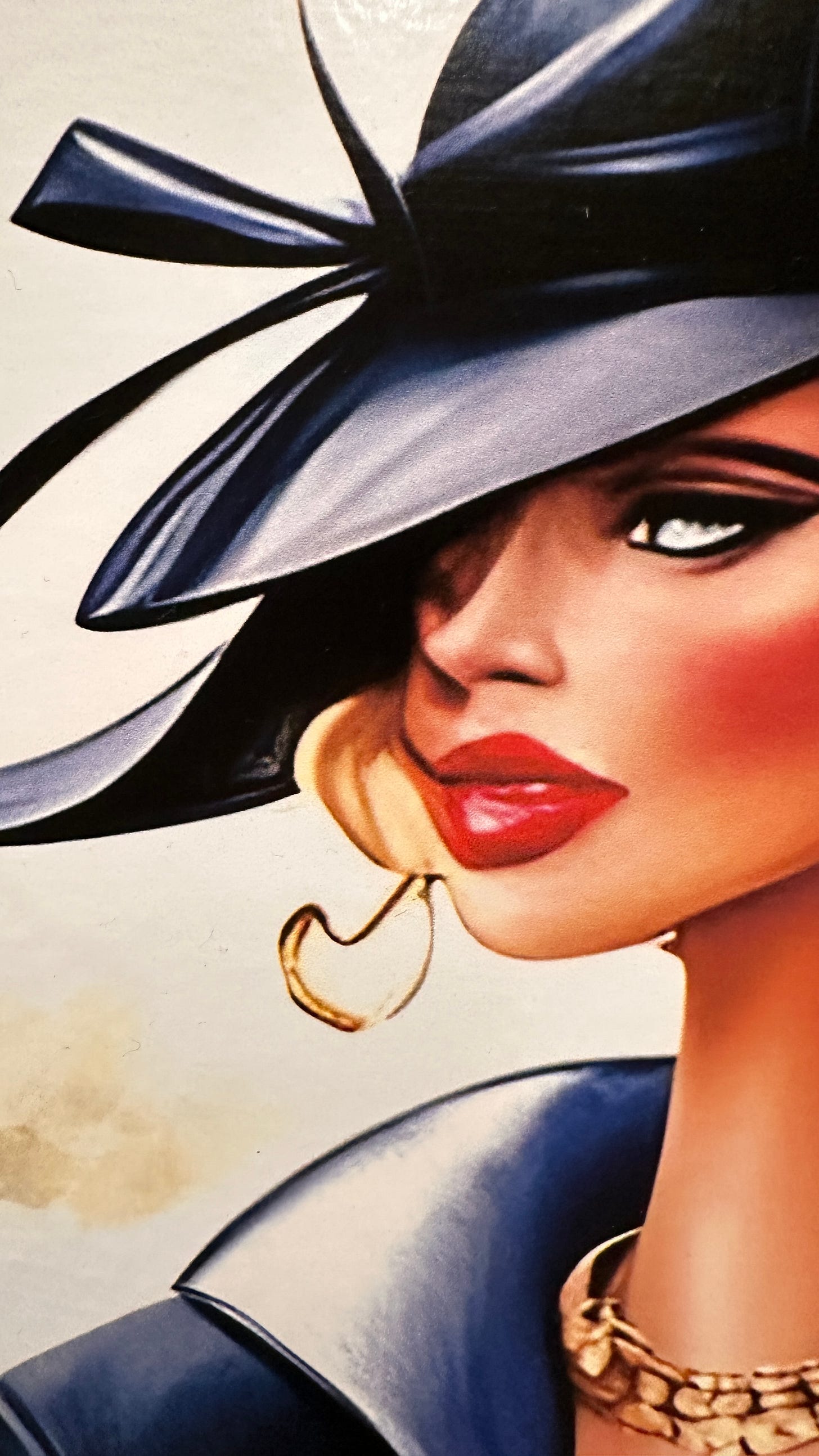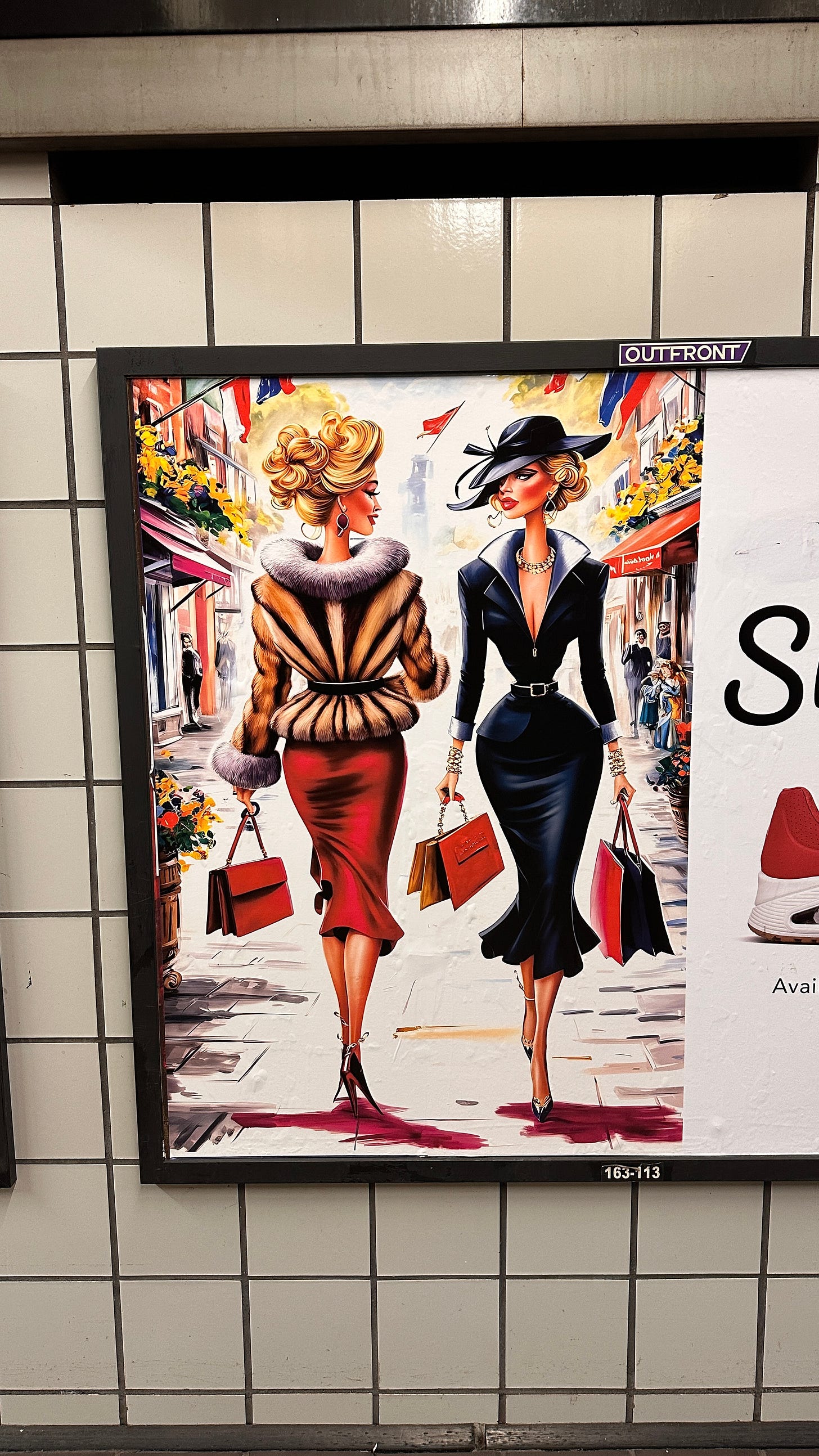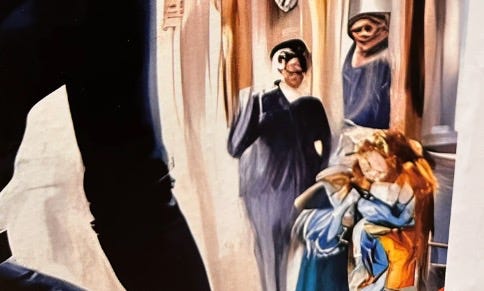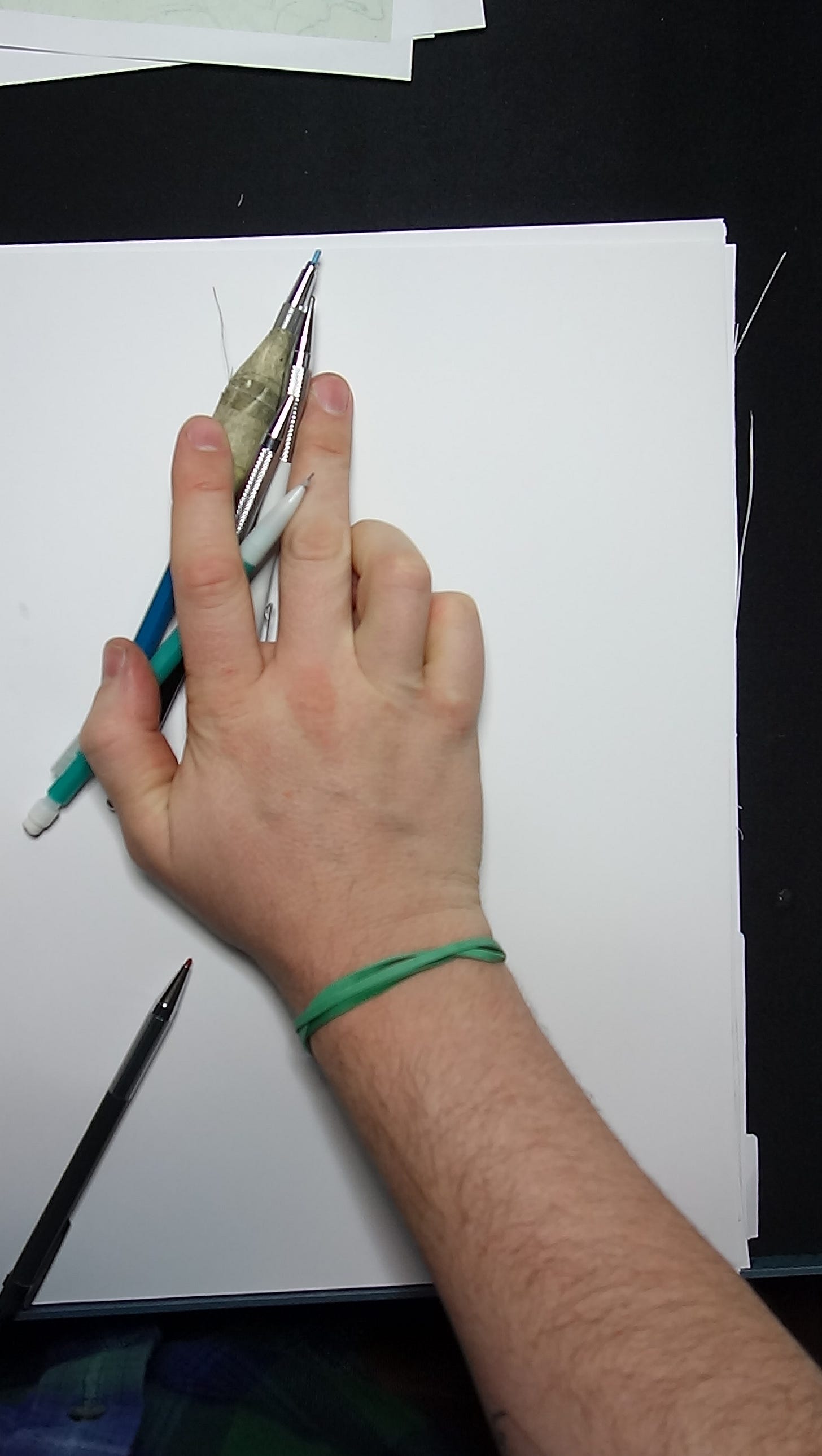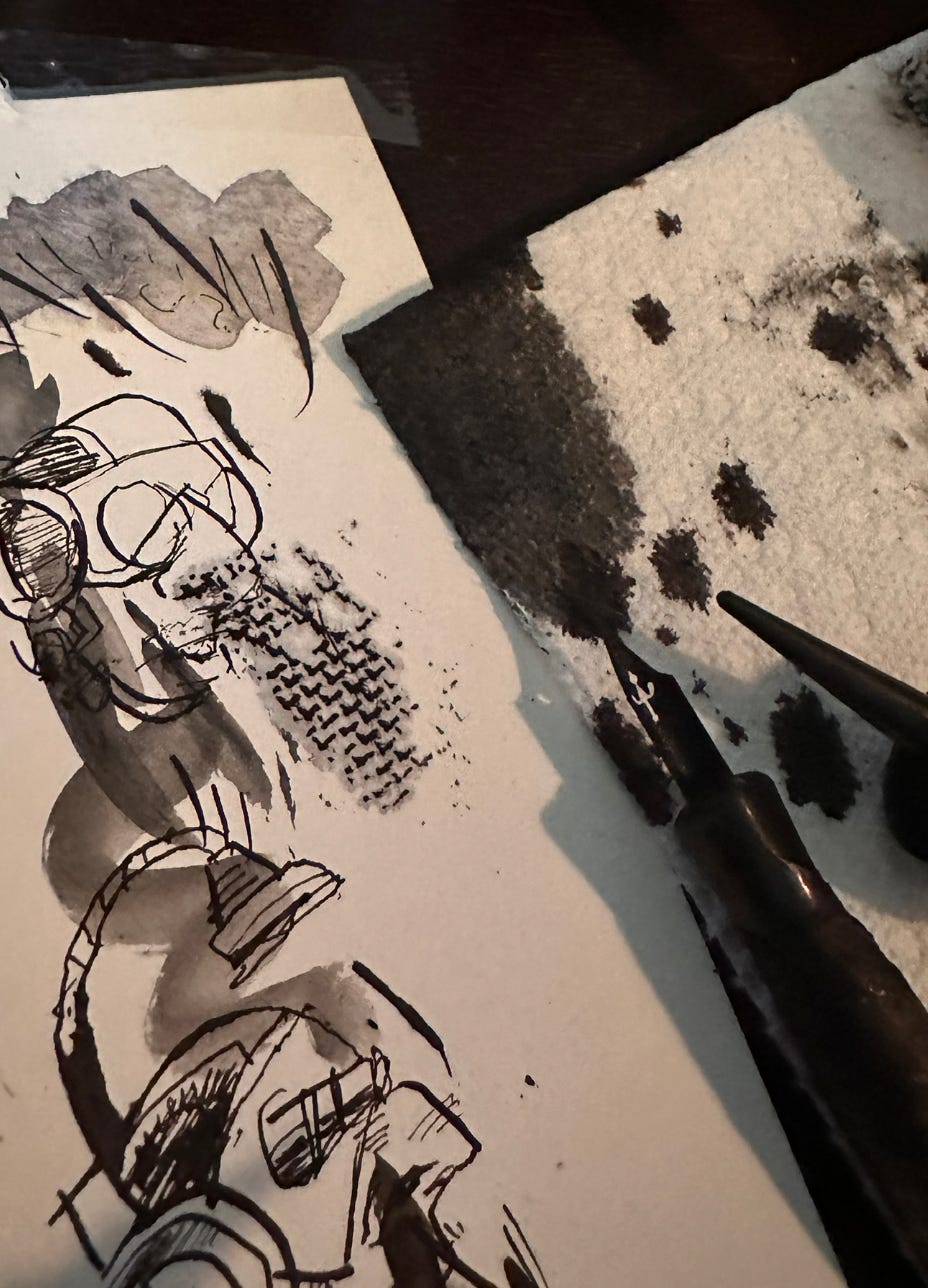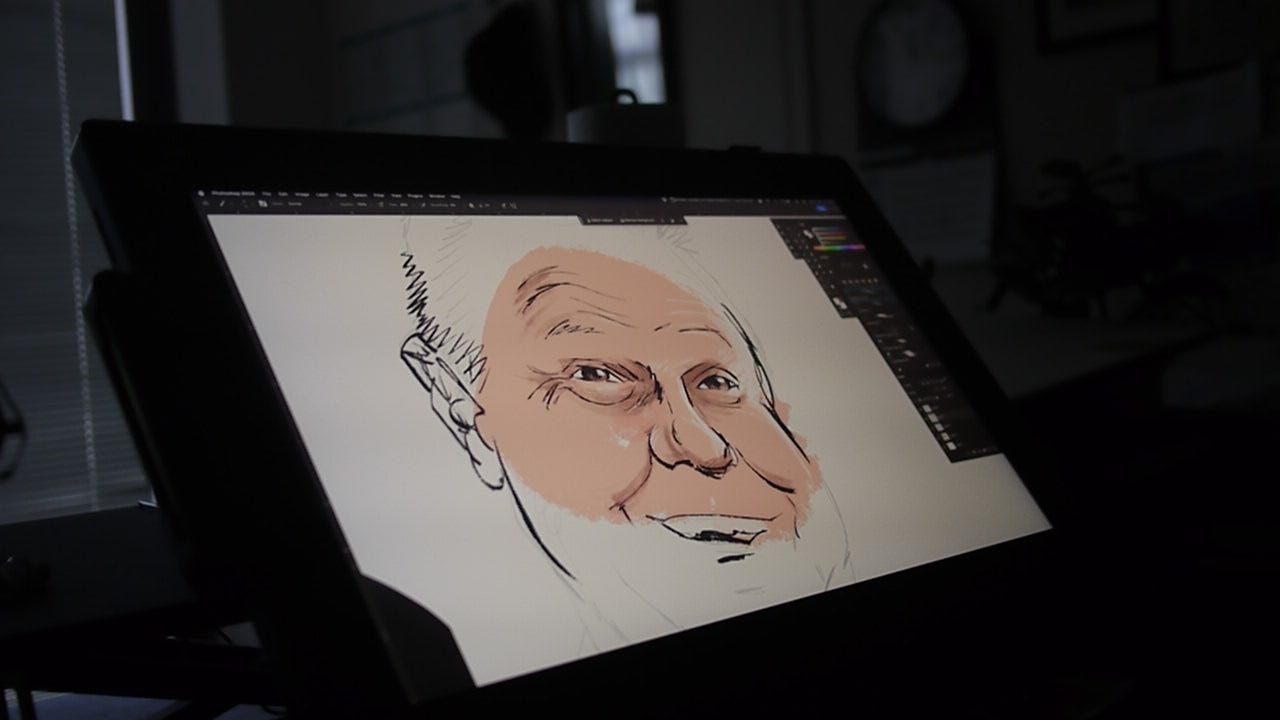Art Made by Human Hands.
Want your brand to look like it wasn't excreted by a malfunctioning toaster? Hire real artists. We still exist. + Illustration Trends to look out for in 2025.
There's a new piece of "art" haunting the New York subway system, and for once, it's not a chalk outline.
I hate to start the New Year off with a gripe, but I really do have to draw attention —pun very much regrettable— to the scumbags who are in charge of the campaign art for the sneaker company Skechers. A company that, in 2022, reported annual revenue exceeding $7 billion. Billion. With a B.
They’ve decided to decorate our commute with AI-generated advertisements that look like they were excreted by a sentient Roomba having a stroke.
Now, companies and agencies are free to do whatever the hell they want. Nobody is under any obligation to hire real artists if there are cheaper alternatives available. The free market is what it is— if there are cost savings to be made, bean counters will find them. But not even waiting until the technology is good enough to produce a decent image that would otherwise have paid the rent of a working illustrator for 3 months is just gross. Not only does it repel people who would otherwise consider buying your product (just look at the comments in my post below), but it undermines the reputation of your brand.
You want people to associate you with low-quality, half-assed imagery that A.) Looks like shit, and B.) Doesn’t even depict the shoes you’re trying to sell? Are you high? (Don’t answer that.) It’s terrible PR and sloppy marketing using a lazy advertising agency.
The process of making something good usually involves more than just one person prompting an AI generator and making minimal tweaks before shipping it to be printed on hundreds of billboards around the New York subway.
If it were an attempt to ‘get folks talking on social’ or ‘be controversial’, it doesn’t really work... It’s received a profoundly negative reaction, and it makes the brand look like they don’t even care about the product, let alone the potential customer.
Again, the process of a professional making something by hand, be it with analogue or digital tools, (or a hybrid of both) yields something humans can feel. Even someone walking past this image with no experience in illustration can tell something is artificial and ‘off’ with this art. (And yes, it is art, whether you like it or not.)
Lastly, I don’t really know what the message is…?
It’s two oddly proportioned women walking in opposite directions in what looks like a vaguely Parisian street, wearing anything but the product that is being advertised. There are hallucinated flags for imaginary countries and ghoulish onlookers with no particular expressions. And is that meant to be a pile of laundry or a small child standing nearby? I guess we’ll never know.
It all just feels like a giant troll. But to what end? If we’re going to just start churning out AI slop for major ad campaigns to save a bit of cash, there’s no telling where the basement is on using this hot garbage.
Ok, I don’t want to be a total Doomer…
The fine folks over at Creative Boom just released their 2025 illustration trends, and wouldn't you know it - actual human artistry is making a comeback.
// 3. To see the 'hand of the artist.'
In response to lifeless AI-generated work and CGI, illustration agents are more attuned than ever to pieces that aren't just hand drawn or handmade but that demonstrate the hand of the artist in the sense that the voice or visual language discussed in point one is integral to the work. Sarah Beetson represents the global agency IllustrationX and its artists in Australia and is the company's talent scout. For her, it's not about ditching digital processes but bringing them together with physical world creativity.
"I always look for work that has elements done by hand, especially as style trends can run so obviously along digital lines," says Sarah. "For example, for a few years, there has been a very obvious trend with Procreate-made work using similar colour palettes, brushes and techniques. Something sketched or coloured using real materials by the artist in part of the process can certainly have a uniqueness about it and often outlasts trends."
Evidence of the artist's hand will bring viewers closer to the work emotionally. "Analogue techniques and styles that nod to craft always captivate and invite the viewer to linger; pairing this with glimpses of behind-the-scenes material will really capture commissioners' attention and place real value on the work created, the thrill of which you do not get from AI," adds Sam at Brilliant Artists.
For what it’s worth, I’ve had some anecdotal evidence of people recoiling from the uncanny valley feeling from art that looks like an AI generator made it and reaching out to commission a human who ‘can still make things by hand with pen and ink.’
This is in no way a reliable indicator of a larger trend. It is, however, alleviating the panic attack my accountant had when looking at the income I made before and after AI Art Generators became so prevalent. (It’s …stark.)
Even if the art is created digitally on a tablet, at the very least, the client/Art Directors I’ve worked with have enjoyed dealing with a human instead of incessantly altering prompts to try and get the exact result they want. (They have relayed such frustrations transparently. I tried not to grit my teeth.)
My advice? Next time, hire real sketchers.
Want your brand to look like it wasn't conceived by a malfunctioning toaster? Hire human artists. We still exist, and bonus: we can actually draw hands that don't look like props from a horror movie.
Keep reading with a 7-day free trial
Subscribe to Process Junkie to keep reading this post and get 7 days of free access to the full post archives.


